
3行で読む「世界最高のリーダーシップ」〜AIとのインタラクティブ・ラーニング〜
1. 1行で読む

1.1. 本書の基本情報
タイトル: 『世界最高のリーダーシップ 「個の力」を最大化し、組織を成功に向かわせる技術』
著者: フランシス・フライ、アン・モリス
出版社: PHP研究所
出版年: 2023年1月24日
1.2. 1行サマリー(要約)
本書は、リーダーシップの本質は他者をエンパワーメントすることにあり、その影響が長続きすることを重視している。
2. 3行で読む

2.1. 3行サマリー(要約)
本書は、リーダーシップの成功は他者をエンパワーすることによってのみ達成されると説く。
著者は、信頼、愛、帰属意識が効果的なリーダーシップの基盤であると主張している。
その影響力は、リーダーが不在でも持続するべきであると述べている。
2.2. 伝えたいこと
本書で著者が伝えたいのは、リーダーシップは自分ではなく他者のために存在し、他者の成長と成功がリーダーの真の成果であるということ。
2.3. 当時の常識
リーダーシップはトップダウンの指示を与える存在とされており、組織の成果はリーダーの指導力によってのみ達成されるという考え方が主流だった。
2.4. 当時の常識との違い
従来: リーダーが組織を直接指導し、成功へ導く。
本書: リーダーは他者の成長を支援し、信頼関係を築くことが最重要。
従来: リーダーの個々の力量が強調される。
本書: リーダーの不在時でも影響が持続することが重要視される。
2.5. 近い人物や思想(時空を超えて)
ガンジー: 他者をエンパワーすることを通じて変革を推進した。
ナポレオン: 部下の自主性を重視し、信頼関係を築いて戦略を遂行。
ジェーン・グドール: チームの協力と信頼を通じて大きな成果を達成した。
2.6. 衝突する人物や思想(時空を超えて)
ニーチェ: 自己の力を重視し、他者をエンパワーすることを重視しなかった。
マキャヴェリ: 指導者の権力維持を最優先とした。
ヒトラー: トップダウンの強権的リーダーシップを採用。
2.7. オリジナリティー(特徴)
本書は、リーダーシップを他者のエンパワーメントに焦点を当てた点で独自性を持っています。
信頼、愛、帰属意識をリーダーシップの基盤とし、持続的な影響力を重視しています。
著者は、リーダー不在でも組織が機能するための仕組みを作ることに特徴があります。
2.8. 現在も伝わるか?
現代でもリーダーシップにおいて他者のエンパワーメントは重要なテーマです。
多様性や共感が重視される現代の組織運営において、信頼と愛のリーダーシップはますます価値を増しています。
本書の考え方は、今日のリーダーシップにおいても十分に通用する普遍的な内容です。
3. じっくり読む

3.1. 1章サマリー
3.1.1. キーワード
リーダーシップ
信頼
エンパワーメント
3.1.2. サマリー
第1章では、リーダーシップの本質は他者を信頼し、エンパワーすることにあると説明される。信頼はリーダーシップの基盤であり、他者の成長を促進することがリーダーの使命であると強調される。
3.1.3. 構造化

3.2. 2章サマリー
3.2.1. キーワード
信頼 (Trust): 他者をリードするための基盤となる重要な要素。
共感 (Empathy): 他者の視点を理解し、そのニーズに対応する能力。
論理 (Logic): 一貫性のある論理的なリーダーシップの決定が信頼を構築する。
3.2.2. サマリー
2章では、信頼がリーダーシップの基盤であり、他者を導くためには、共感、論理、そして信頼性を持つことが重要であると論じられる。
リーダーは、信頼を築くために、自分自身の透明性や一貫性を示し、共感を示す必要がある。
このアプローチは、長期的なリーダーシップ成功を支える。
3.2.3. 構造化
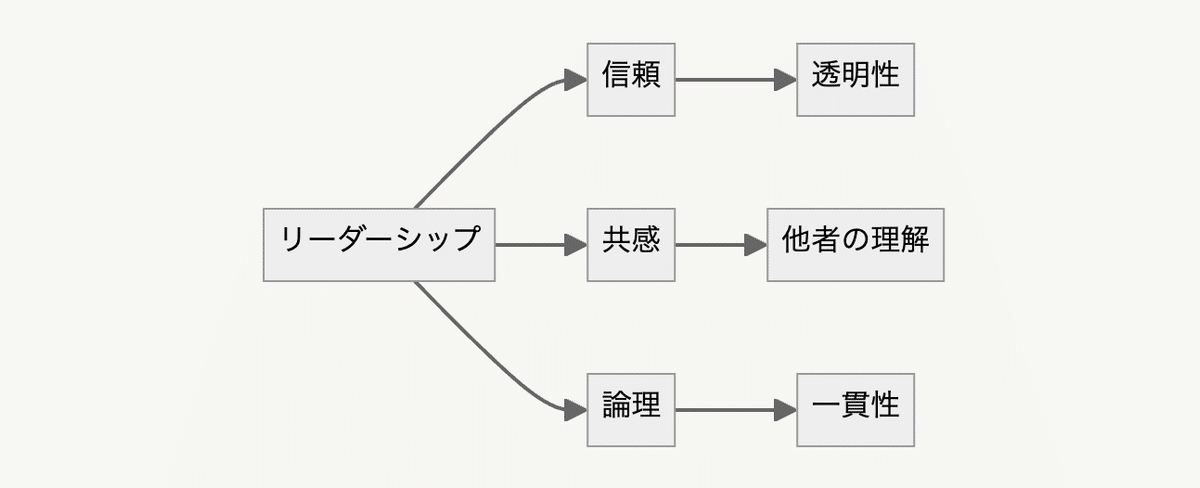
3.3. 3章サマリー
3.3.1. キーワード
愛 (Love): リーダーシップの中心的な概念として、他者への深い献身と高い基準の設定を通じてエンパワーメントを行うこと。
献身 (Devotion): 他者に対する思いやりと共感を持ちつつ、リーダーとしての強い意志を持って行動すること。
高い基準 (High Standards): 人を引き上げ、彼らの成長を促すために設定される高い期待値。
3.3.2. サマリー
3章では、他者をエンパワーするためには、深い愛情と高い基準の両方を示すことが重要であると論じられる。
リーダーは、自分自身を高い基準に保ちつつ、他者に対しても同様に献身的な支援を提供する必要がある。
このアプローチにより、チームメンバーは自己の可能性を最大限に引き出し、リーダー不在時にも効果的に機能できるようになる。
3.3.3. 構造化
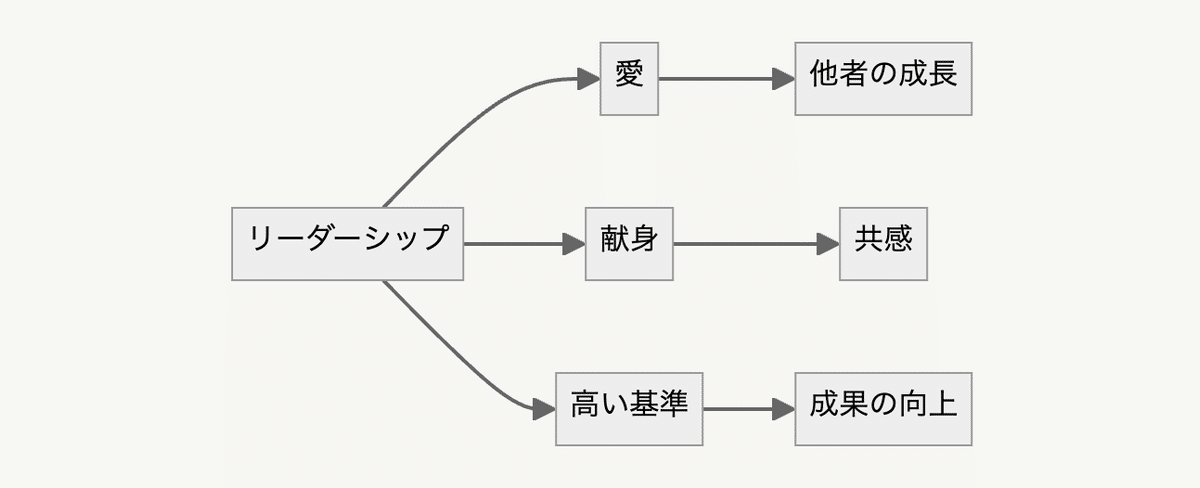
3.4. 4章サマリー
3.4.1. キーワード
帰属意識 (Belonging): チーム内で他者が安心して、自分らしさを発揮できる環境を作る。
多様性 (Diversity): チームにおける多様な視点を認めること。
協調 (Collaboration): 多様なメンバーが協力し、共通の目標を達成する力。
3.4.2. サマリー
4章では、効果的なリーダーシップのためにはチーム内で帰属意識を感じさせることが不可欠であると説明される。
多様なチームを形成することで、より強力なパフォーマンスを引き出すことができると論じられる。
協調を促進することで、個々のメンバーが持つ違いを活かしながら、チームとしての力を発揮する。
3.4.3. 構造化
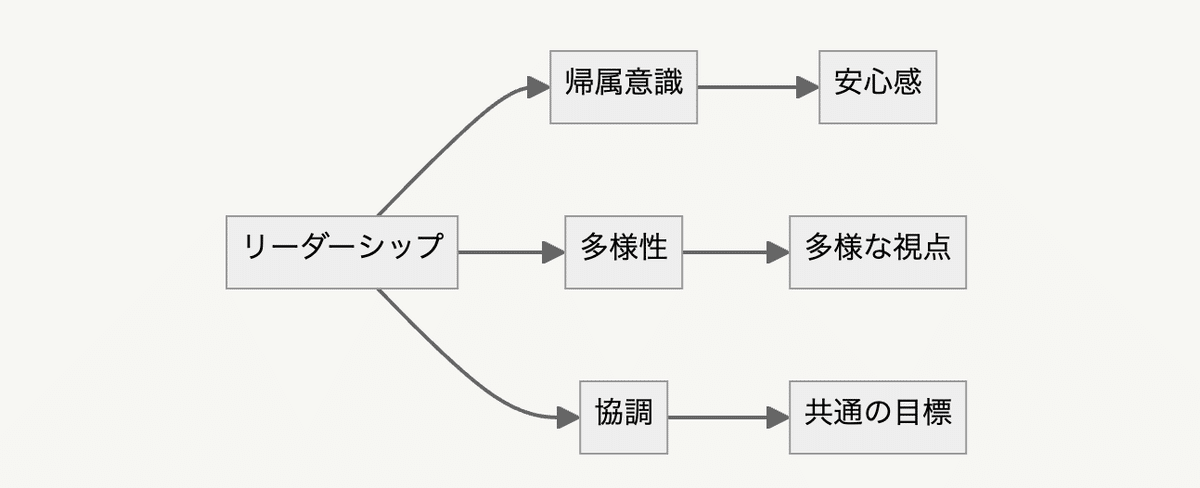
3.5. 5章サマリー
3.5.1. キーワード
戦略 (Strategy): 効果的なリーダーシップのための長期的ビジョンと計画を作る。
実行 (Execution): 計画を行動に移し、成果を達成するプロセス。
柔軟性 (Flexibility): 状況に応じて戦略を調整し、変化に対応する力。
3.5.2. サマリー
5章では、組織を導くリーダーは、強固な戦略を持ちながらも、柔軟に対応する能力が求められると説明される。
戦略は組織の成功に不可欠であり、定期的に見直しながら実行することが重要であると論じられる。
柔軟な対応によって、競争の激しい環境でも成果を上げることができる。
3.5.3. 構造化
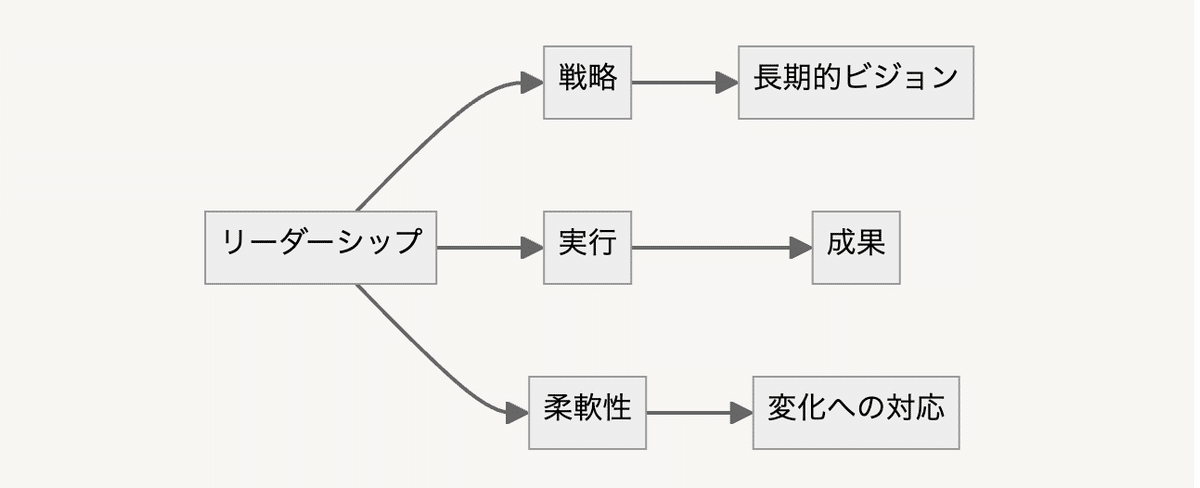
3.6. 6章サマリー
3.6.1. キーワード
文化 (Culture): 組織全体の価値観や行動規範を定め、組織の動きを形作る。
持続性 (Sustainability): リーダーが不在でも、組織がうまく機能し続けるための基盤。
影響力 (Influence): 組織のメンバー全体に影響を与えるリーダーシップの力。
3.6.2. サマリー
6章では、組織の文化がリーダー不在時にも組織を機能させる重要な要素であると論じられる。
組織の成功は、一貫した文化を持ち、リーダーが直接関与しなくてもその影響が持続することにある。
文化を強化することで、組織全体が成長し、持続的な成果を達成できる。
3.6.3. 構造化
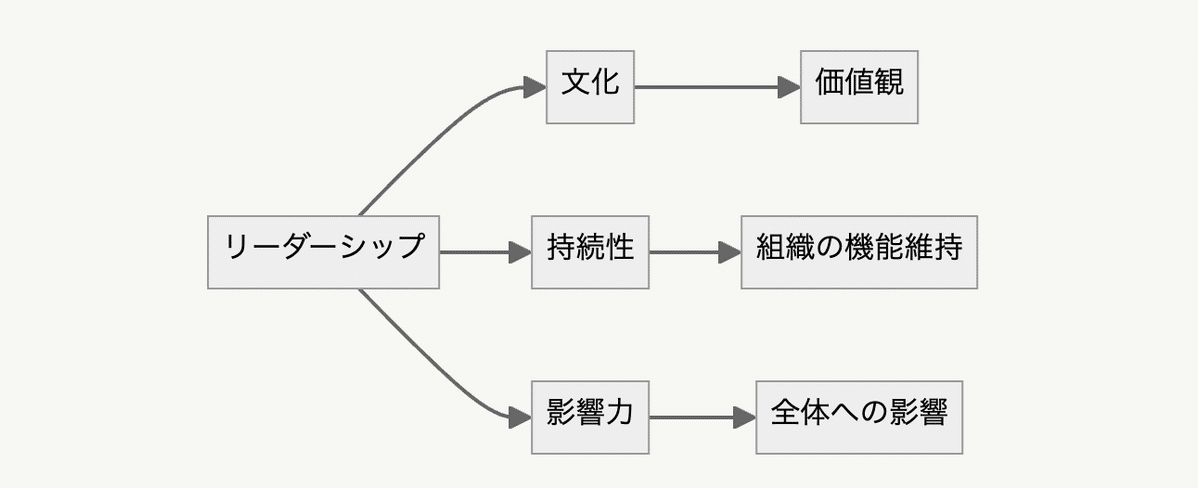
3.7. 7章サマリー
3.7.1. キーワード
リーダーシップの不在 (Absence of Leadership): リーダーが不在時でも組織が成功する仕組みを作る。
継承 (Succession): リーダーの役割を引き継ぎ、次世代に向けた準備を行う。
自主性 (Autonomy): チームがリーダーの指示なしに効果的に動ける能力。
3.7.2. サマリー
7章では、リーダーがいなくても組織が自立して機能し続けるための仕組み作りが重要であると説明される。
リーダーは、自分がいないときでも組織が持続可能な成功を収めるように計画を立てる必要がある。
自主性を持つチームを育てることで、組織はより強固で持続可能な成功を達成できる。
3.7.3. 構造化
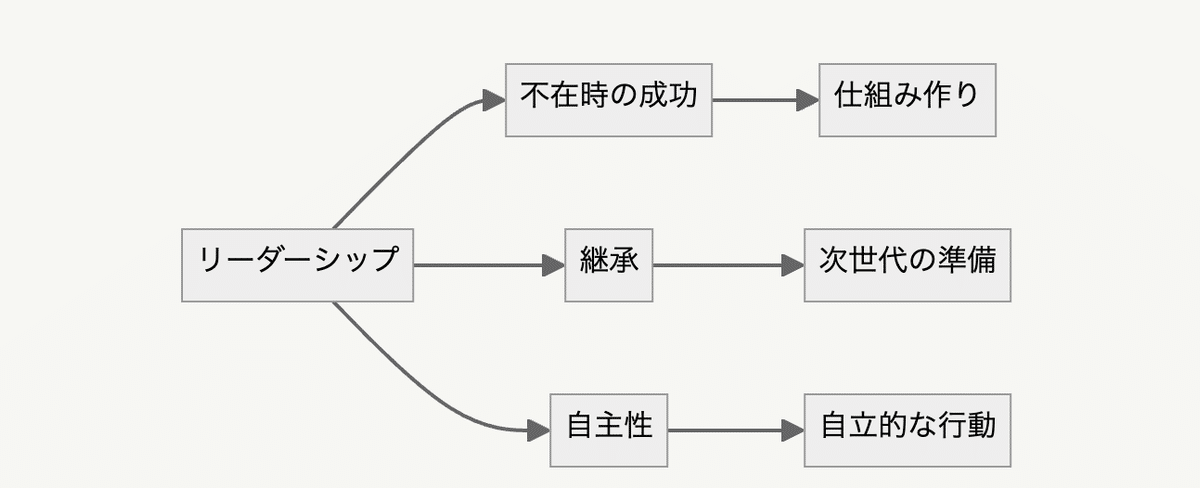
1. 1-Line Summary
1.1. Basic Information
Title: Unleashed: The Unapologetic Leader's Guide to Empowering Everyone Around You
Authors: Frances Frei & Anne Morriss
Publisher: Harvard Business Review Press
Year of Publication: 2020
1.2. 1-Line Summary
The book emphasizes that the essence of leadership is empowering others, with an impact that lasts even in the leader’s absence.
2. 3-Line Summary
2.1. 3-Line Summary
This book argues that the true success of leadership is only achieved by empowering others.
The authors advocate that trust, love, and a sense of belonging are the foundation of effective leadership.
The impact of leadership should continue even when the leader is absent.
2.2. Key Message
The authors convey that leadership is about serving others, not oneself, and the growth and success of others are the true measures of a leader’s effectiveness.
2.3. Conventional Wisdom at the Time
At the time of the book’s publication, the conventional view of leadership focused on top-down command, where organizational success depended solely on the leader's direct actions.
2.4. Differences from Conventional Wisdom
Conventional Wisdom: Leadership success is achieved by direct guidance and authority.
This Book: Leadership is about supporting others’ growth and building trust.
Conventional Wisdom: Emphasis on individual leader’s strengths.
This Book: Long-lasting leadership impact matters more than individual abilities.
2.5. Similar Thinkers and Ideas (Across Time and Space)
Mahatma Gandhi: Empowered others to drive societal transformation.
Napoleon: Fostered trust and autonomy within his team.
Jane Goodall: Leveraged cooperation and trust to achieve breakthroughs.
2.6. Conflicting Thinkers and Ideas (Across Time and Space)
Friedrich Nietzsche: Focused on personal power rather than empowering others.
Niccolò Machiavelli: Prioritized maintaining authority over empowering followers.
Adolf Hitler: Utilized authoritarian, top-down leadership.
2.7. Originality (Features)
The book's originality lies in its focus on leadership as a process of empowering others.
It emphasizes trust, love, and a sense of belonging as the foundations of leadership, prioritizing lasting impact.
The authors uniquely highlight creating systems that allow organizations to function even in the leader’s absence.
2.8. Relevance Today
Empowering others remains a crucial theme in modern leadership.
In today's focus on diversity and empathy, leadership based on trust and love has become increasingly valuable.
The book’s concepts are timeless and still highly relevant in today’s leadership landscape.
3. Detailed Summary
3.1. Chapter 1 Summary
3.1.1. Keywords
Leadership: The central concept, emphasizing how leaders should empower others.
Trust: The foundation for effective leadership, creating an environment where others can thrive.
Empowerment: The process of enabling others to realize their full potential.
3.1.2. 3-Line Summary
Chapter 1 argues that leadership is fundamentally about empowering others by building trust.
Trust is the cornerstone of leadership, and the leader's mission is to create conditions that allow others to grow.
This leadership style ensures that the team functions effectively, even in the leader's absence.
3.1.3. Structural Diagram

3.2. Chapter 2 Summary
3.2.1. Keywords
Trust: The essential component for leading others effectively.
Empathy: The ability to understand others' perspectives and respond to their needs.
Logic: Consistency and sound decision-making that build trust.
3.2.2. 3-Line Summary
Trust is essential for leadership, and building it requires empathy, logic, and reliability.
Leaders must demonstrate transparency, consistency, and empathy to build trust.
A leadership approach grounded in trust is crucial for long-term success.
3.2.3. Structural Diagram

3.3. Chapter 3 Summary
3.3.1. Keywords
Love: The core concept of leadership that involves empowering others through deep devotion and high standards.
Devotion: Demonstrating care and support for others while maintaining strong leadership.
High Standards: Setting expectations that challenge others to grow.
3.3.2. 3-Line Summary
Chapter 3 emphasizes that empowering others requires a combination of deep love and high standards.
Leaders must balance their own high expectations with genuine care and support for their team.
This approach helps team members maximize their potential and continue to thrive in the leader’s absence.
3.3.3. Structural Diagram
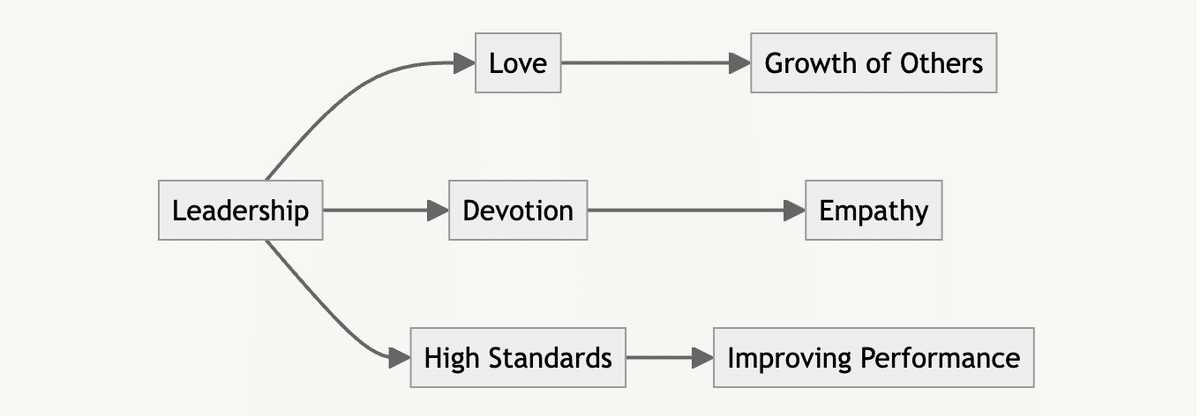
3.4. Chapter 4 Summary
3.4.1. Keywords
Belonging: Creating a space where team members feel safe and empowered to be themselves.
Diversity: Recognizing and embracing different perspectives within the team.
Collaboration: Working together to achieve shared goals.
3.4.2. 3-Line Summary
Chapter 4 highlights the importance of fostering a sense of belonging within teams for effective leadership.
Diverse teams perform better when individuals feel included and valued.
Encouraging collaboration leverages the strengths of each member, leading to collective success.
3.4.3. Structural Diagram
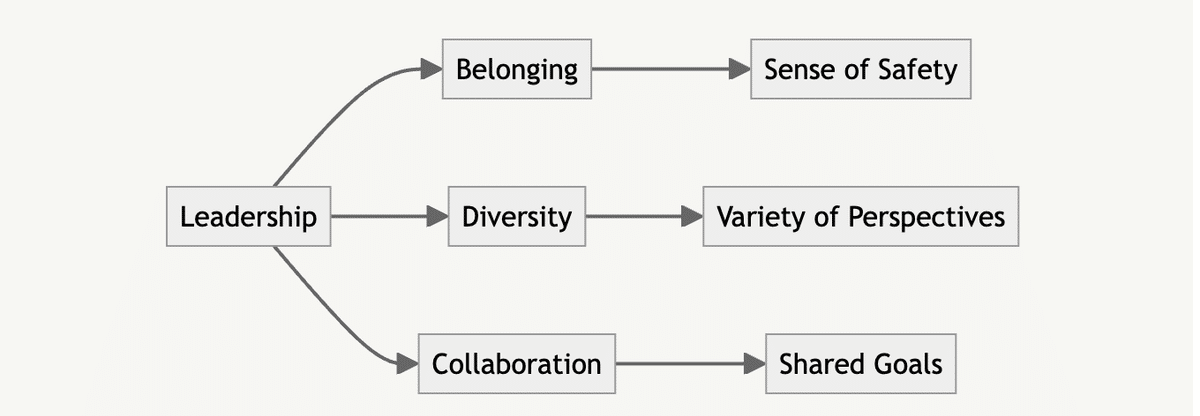
3.5. Chapter 5 Summary
3.5.1. Keywords
Strategy: Developing long-term visions and plans to achieve effective leadership.
Execution: Turning plans into actionable steps that lead to success.
Flexibility: Adjusting strategies as needed to adapt to changing circumstances.
3.5.2. 3-Line Summary
Chapter 5 emphasizes the need for a clear strategy in leadership, supported by effective execution.
Leaders must regularly review and adapt their strategies to ensure continued success.
Flexibility is key to maintaining competitive advantage in rapidly changing environments.
3.5.3. Structural Diagram
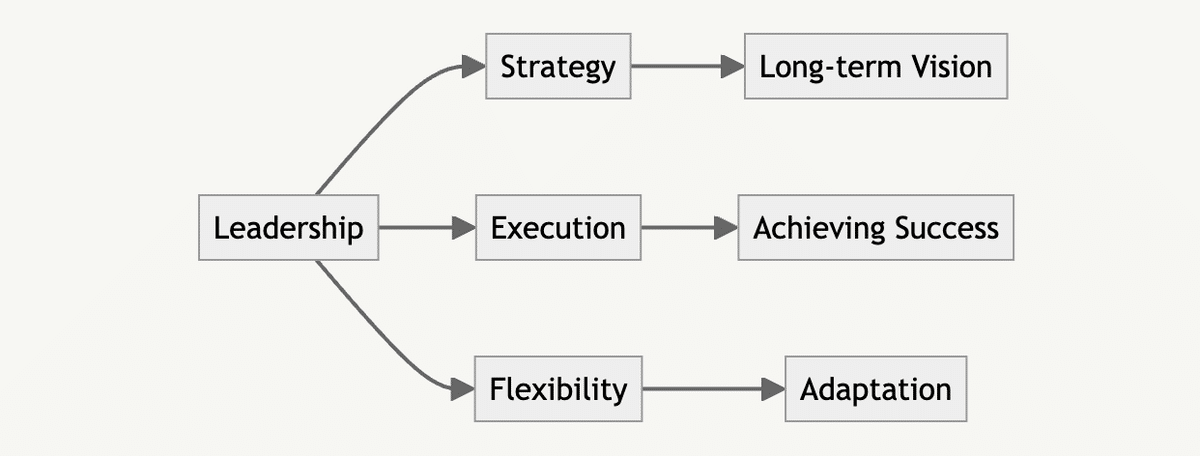
3.6. Chapter 6 Summary
3.6.1. Keywords
Culture: Establishing organizational values and norms that shape behavior and decision-making.
Sustainability: Ensuring the organization continues to thrive even when the leader is not present.
Influence: The leader's ability to shape the behavior of the organization at all levels.
3.6.2. 3-Line Summary
Chapter 6 explains how organizational culture plays a crucial role in ensuring that the organization remains functional, even in the leader’s absence.
Success is rooted in a consistent culture that promotes sustainable growth and lasting impact.
A strong culture fosters collective growth and helps the organization achieve long-term results.
3.6.3. Structural Diagram

3.7. Chapter 7 Summary
3.7.1. Keywords
Absence of Leadership: Creating systems that allow the organization to succeed even without the leader’s direct involvement.
Succession: Preparing for the next generation of leadership and ensuring smooth transitions.
Autonomy: Empowering teams to operate effectively without constant supervision from leadership.
3.7.2. 3-Line Summary
Chapter 7 discusses the importance of creating structures that ensure an organization’s success in the absence of its leader.
Leaders must plan for long-term success by preparing successors and building resilient systems.
Fostering autonomy within teams enables them to thrive and maintain productivity without direct oversight.
3.7.3. Structural Diagram

